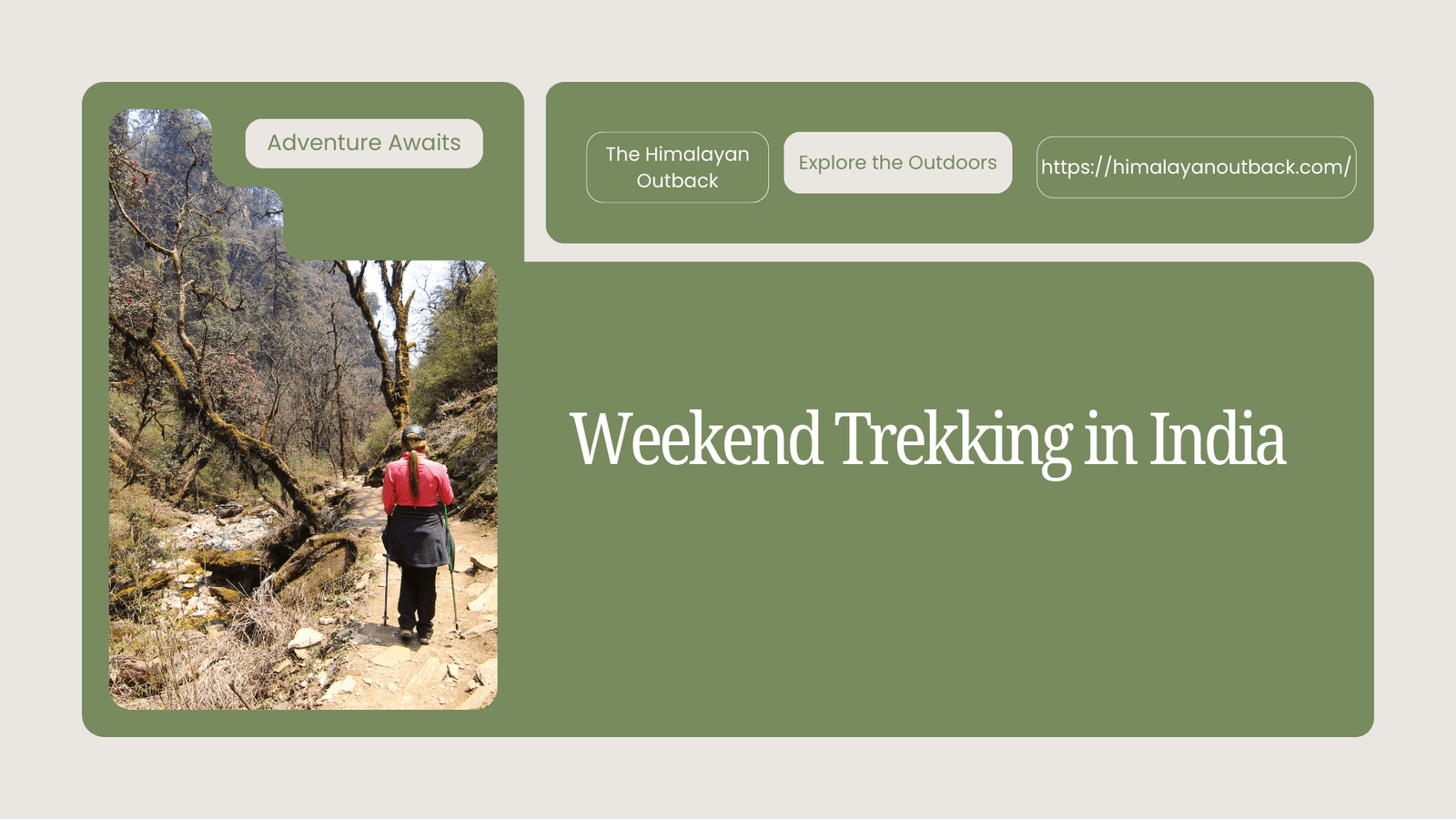Planning to travel to the Himalayas for trekking, mountaineering, or other outdoor activities? The world’s highest mountain range offers unparalleled adventure opportunities, but success depends heavily on proper Himalayan adventure preparation. This comprehensive guide will help you prepare both mentally and physically for your Himalayan journey, ensuring you can fully embrace the challenges and rewards that await.
Why Himalayan Adventure Preparation Matters
The Himalayas present unique challenges that set them apart from other mountain ranges. Extreme altitudes, unpredictable weather conditions, and remote locations demand respect and thorough planning. Many travelers underestimate the physical and mental demands of high-altitude adventures, leading to disappointing or even dangerous experiences.
Proper Himalayan adventure preparation transforms potential obstacles into manageable challenges. When you travel to the Himalayas well-prepared, you’re more likely to enjoy breathtaking views, connect with local cultures, and achieve your adventure goals safely.
Physical Preparation for Himalayan Expeditions

Building Cardiovascular Endurance
Strong cardiovascular fitness forms the foundation of Himalayan adventure preparation. Your heart and lungs will work harder at high altitudes where oxygen levels drop significantly. Start your training program at least 3-4 months before your trip.
Focus on activities that elevate your heart rate for extended periods. Running, cycling, swimming, and hiking all build the endurance you’ll need. Gradually increase your training intensity and duration. Aim for at least 45–60 minutes of moderate to vigorous cardio exercise four to five times per week.
Interval training proves particularly effective for Himalayan preparation. Alternate between high-intensity bursts and recovery periods to simulate the varied demands of mountain terrain. This approach helps your body adapt to changing oxygen demands more efficiently.
Strength Training for Mountain Activities
Himalayan adventures require full-body strength, with particular emphasis on your legs, core, and back. These muscle groups work overtime when carrying a heavy backpack across uneven terrain for hours at a time.
Include exercises that mimic mountain movements in your training routine. Squats, lunges, step-ups, and calf raises build leg strength essential for steep climbs and descents. Planks, Russian twists, and dead lifts strengthen your core and back, helping you maintain good posture under pack weight.
Don’t neglect your upper body. Push-ups, pull-ups, and rowing exercises develop the arm and shoulder strength needed for using trekking poles and scrambling over rocky terrain.
Practicing with Your Gear
Physical preparation extends beyond fitness training. Familiarize yourself with all equipment before you travel to the Himalayas. Break in your hiking boots thoroughly to prevent blisters and ensure comfort during long days on the trail.
Practice hiking with a fully loaded backpack that matches what you’ll carry in the mountains. Start with shorter distances and gradually increase both pack weight and hiking duration. This helps your body adapt to the specific demands of backpacking while identifying any gear issues before your trip.
Mental Preparation Strategies

Developing Mental Resilience
Himalayan adventures test mental fortitude as much as physical capabilities. Weather delays, altitude symptoms, and physical discomfort can challenge even experienced adventurers. Building mental resilience helps you navigate these obstacles with a positive attitude.
Practice mindfulness and meditation techniques to improve your ability to stay calm under pressure. Even 10–15 minutes of daily meditation can significantly enhance your mental clarity and emotional stability. This proves invaluable when facing unexpected challenges in the mountains.
Set realistic expectations for your adventure. Research your chosen route thoroughly and understand both the highlights and potential difficulties. Mental preparation includes accepting that not everything will go according to plan, and that’s often where the most memorable experiences occur.
Visualization Techniques
Mental rehearsal through visualization helps prepare your mind for Himalayan challenges. Spend time imagining yourself successfully navigating difficult terrain, dealing with altitude symptoms, or pushing through moments of fatigue.
Visualize positive outcomes while also mentally preparing for potential challenges. This dual approach builds confidence while ensuring you’re mentally ready to handle difficulties if they arise. Professional athletes use similar techniques to enhance performance under pressure.
Managing Altitude Anxiety
Many people experience anxiety about altitude sickness when they travel to the Himalayas. While some concern is healthy and promotes proper preparation, excessive worry can negatively impact your experience.
Educate yourself about altitude sickness symptoms, prevention strategies, and treatment options. Knowledge reduces anxiety and helps you make informed decisions about your ascent pace and rest days. Understanding that altitude sickness affects people regardless of fitness level helps normalize the experience.
Understanding Himalayan Conditions
Seasonal Considerations
The Himalayas experience distinct seasons that dramatically affect conditions and Himalayan adventure preparation requirements. Spring (March–May) offers blooming rhododendrons and stable weather, making it ideal for most trekking activities. Autumn (September–November) provides crystal-clear mountain views and comfortable temperatures.
Summer months (June–August) bring monsoon rains to lower elevations while higher regions like Ladakh remain accessible. Winter (December–February) transforms the landscape into a challenging but beautiful snow-covered wonderland requiring specialized preparation and gear.
Research your specific destination and timing carefully. Different regions within the Himalayas experience varying seasonal patterns, affecting everything from trail conditions to gear requirements.
Altitude Acclimatization Planning
Proper acclimatization planning prevents altitude-related problems and ensures trip success. The general rule of “climb high, sleep low” helps your body adjust gradually to decreasing oxygen levels.
Plan rest days into your itinerary, particularly above 10,000 feet. These aren’t wasted days—they’re essential for allowing your body to adapt to altitude changes. Many successful Himalayan adventures include more rest days than originally planned.
Stay hydrated and avoid alcohol during your ascent. Both dehydration and alcohol consumption can worsen altitude sickness symptoms. Monitor your body’s response to altitude changes and be prepared to descend if symptoms worsen.
Essential Gear and Equipment
Clothing Systems
Layering systems prove crucial for Himalayan adventures where temperatures can fluctuate dramatically throughout a single day. Base layers should wick moisture away from your skin, while insulating layers trap warm air close to your body.
Invest in quality outer layers that protect against wind and precipitation. Waterproof-breathable fabrics work best for active pursuits, allowing sweat to escape while blocking external moisture. Don’t forget accessories like warm hats, gloves, and sun protection.
Pack extra clothing items beyond what you think you’ll need. Weather conditions can change rapidly in the mountains, and having backup layers provides both safety and comfort margins.
Navigation and Safety Equipment
Modern GPS devices and smartphone apps enhance navigation capabilities, but traditional map and compass skills remain essential when you travel to the Himalayas. Electronic devices can fail due to cold temperatures, moisture, or battery depletion.
Carry emergency equipment including a first aid kit, emergency shelter, and communication devices. Satellite communicators or personal locator beacons provide crucial safety margins in remote areas where cell phone coverage doesn’t exist.
Consider hiring local guides who possess intimate knowledge of routes, weather patterns, and emergency procedures. Their expertise often proves invaluable for both safety and cultural insights.
Training Timeline and Progression
12-Week Preparation Program
Start your physical preparation at least 12 weeks before your departure date. Begin with moderate exercise sessions and gradually increase intensity and duration. This progressive approach reduces injury risk while building the fitness foundation you’ll need.
Weeks 1–4 focus on establishing consistent exercise habits and building base fitness. Include three cardio sessions and two strength training workouts per week. Start hiking with a light pack on weekends to assess your current fitness level.
Weeks 5–8 increase training intensity and begin incorporating more mountain-specific exercises. Add hill repeats to your running workouts and practice hiking with a heavier pack. Include back-to-back training days to simulate consecutive hiking days.
Weeks 9–12 represent your peak training phase. Maximize training volume while beginning to practice the gear and routines you’ll use in the mountains. Complete several long training hikes with full pack weight to test your preparation.
Recovery and Tapering
Don’t overtrain in the weeks immediately before your trip. Reduce training volume during the final 1–2 weeks to allow your body to recover and store energy for the adventure ahead. Light exercise maintains fitness while preventing fatigue.
Focus on final gear checks, route planning, and Himalayan adventure preparation during your taper period. Ensure all equipment functions properly and that you’re comfortable with your packing system and daily routines.
Your Path to Himalayan Success
Preparing to travel to the Himalayas requires dedication, planning, and respect for the mountains’ inherent challenges. Physical fitness, mental resilience, and proper Himalayan adventure preparation create the foundation for safe and rewarding experiences in the world’s most spectacular mountain range.
Remember that preparation is an ongoing process that continues throughout your journey. Stay flexible, listen to your body, and embrace the unexpected moments that make Himalayan adventures truly transformative.
Ready to begin your Himalayan adventure preparation? Start with an honest assessment of your current fitness level and create a structured training plan that addresses both physical and mental readiness. The mountains are waiting—proper preparation ensures you’re ready to answer their call.






